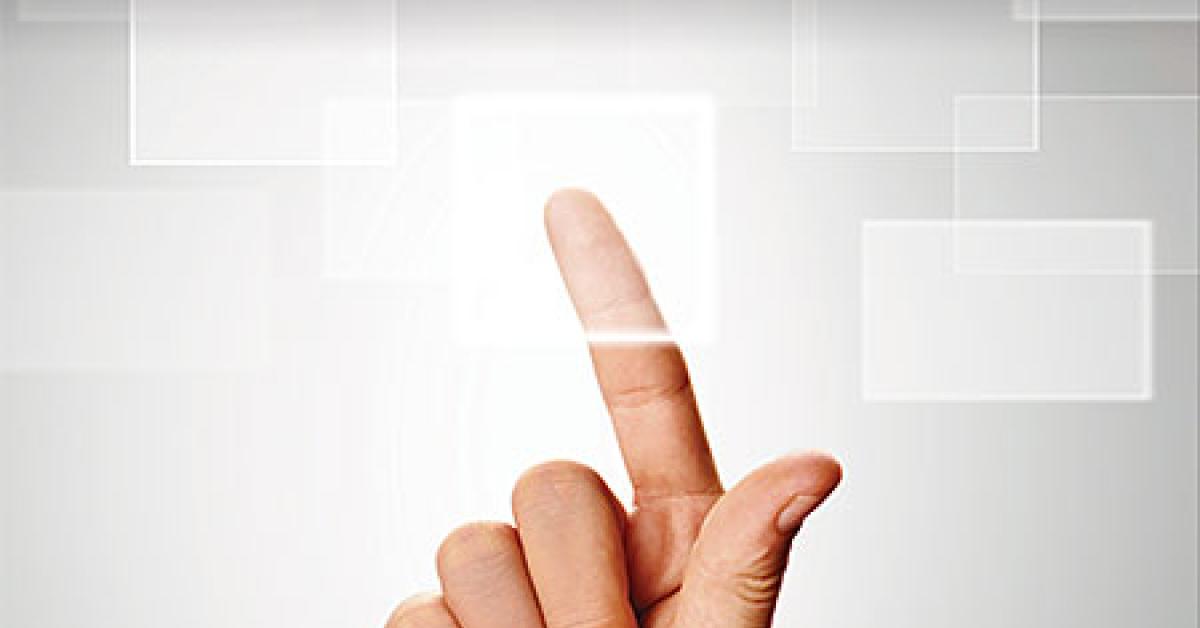CHICAGO — Today’s point of sale systems marketed to dry cleaners are capable of performing a sizable number of tasks, all in the interest of streamlining plant/store operations and keeping customers happy and engaged.
But just what have POS systems meant to the drycleaning industry since their arrival? What separates the POS systems that are on the market? How has the proliferation of smartphones and tablets impacted POS development?
American Drycleaner recently invited drycleaning POS vendors to analyze the technology and describe how these systems so capably keep their virtual finger on the pulse of today’s dry cleaner.
Q: Do certain features separate one point of sale system from another, or are all POS systems similar in design and programming?
Tim Woodman, Cleaner Business Systems: At the end of the day, all of the drycleaning POS companies have similar common goals for our customers. Every company has their niches and different ways of getting to the common goal. What really sets a drycleaning POS company apart from the competition is the level of service that they provide to their customers, and their willingness to listen to their customers and take suggestions for enhancing their software to meet the customer’s needs.
Wayne Thomas, CleanSuite: I think it’s fair to say we’re all very similar in function. The design will be different.
Kim Jensen, Comca: Definitely, some features are much easier to use in some POS than in others. Concept is similar, but the easiness when using the software varies from one POS to another.
Ali Khan, Dajisoft: Yes! Most of the POS systems are different than the others in some aspect. Every POS system would make a ticket and print the tags, would give you most of the daily reports, etc. but the way it does all these functions are different. … Also, most of the POS systems would give you daily reports but some would give you more details in the reports than others. Some POS systems give you more marketing features than the others.
Lenny Gershater, DCCS: The bigger differences lay in the details, usually below the surface into the depth of the software. … You will find significant difference between systems in terms of functionality, features, the ease or difficulty of navigating smoothly through the software, or how easily or difficult pertinent information needed can be extracted or exported.
Mark Van Buren, Fabricare Management Systems: Features very much separate POS systems. Though some functions are similar (creating an invoice), they are not executed in the same way. For instance, Fabricare Manager POS uses a touch screen with large targets to press on the screen. Others do not, and require a keyboard or mouse.
Doug Walton, Liberty Computers: Of course, there are similarities to all POS systems, but there are also different ways to get from point A to point B. We strive to keep our interface simple and easy to use.
Evaz Fanaian, Scan Q: As for the meaning of point of sale, we could say yes. But as for the system’s functionality, user friendliness, each system is different. Is it fair to say that all cars are the same?
Mike Wilde, SPOT Business Systems: Many POS systems on the market today have similar basic order processing functions. … Not all programs are created equal. Even though system features may be similar, implementation of the user interface is critical.
Q: How has the proliferation of smartphones and tablets helped or harmed POS vendors like your company?
Lenny Gershater, DCCS: I believe that future development will encompass all three form factors—PCs, tablets and smartphones—and have different use cases. PCs are trucks, to quote Steve Jobs loosely. They do the heavy lifting. Tablets are cars. They are great for casual computing tasks such as e-mail, web surfing, and light work. With a hardware keyboard and the right apps, they can even do medium-duty creative work in a pinch. Smartphones are bicycles. They go anywhere. They are mobile customers’ best friend.
Tim Woodman, Cleaner Business Systems: The impact has been huge, especially in the drycleaning industry, as there are so many ways that a software company like us can incorporate apps into our product that can benefit not only the drycleaning operator but also their customers as well.
Whether the operator wants to use a tablet computer for their route driver to bring on the route and create tickets as they pick up orders, or if they want their customers to be able to check on the status of their order from their smartphone, there are many aspects of the drycleaning business that can utilize these new technologies, and you will see more and more software companies providing these options to their customers.
Ali Khan, Dajisoft: Smartphones have made the life of a customer very easy. With smartphones and tablets becoming more and more the norm, we need to integrate e-mailing and marketing so our end-users can connect to all their [customers] using this platform.
Joe McCammon, Maineline Computers (Compassmax): With a tablet, you’re no longer tethered to that point of sale station. For example, if you had a drive-thru customer on the curb that you wanted to take their credit card, or you wanted to do some on-site mark-in for restoration, or you want reports e-mailed to your smartphone or tablet, you can do it.
Mark Van Buren, Fabricare Management Systems: Greatest impact is on social media and marketing.
KJ Sung, Computer Connections (WinCleaners): One of the most promising technologies that could benefit the cleaning industry is the use of QR codes. You can improve your customer’s experience by enabling scanning and tracking of real-time order status tracking, delivery status tracking, and allowing your customers to request online the pickup of their garments.
Check back Tuesday for the conclusion!
Have a question or comment? E-mail our editor Dave Davis at [email protected].

